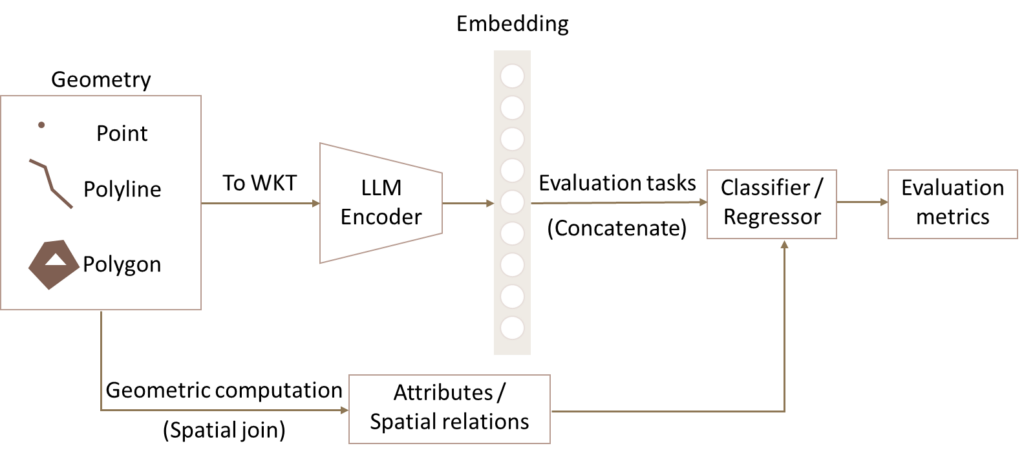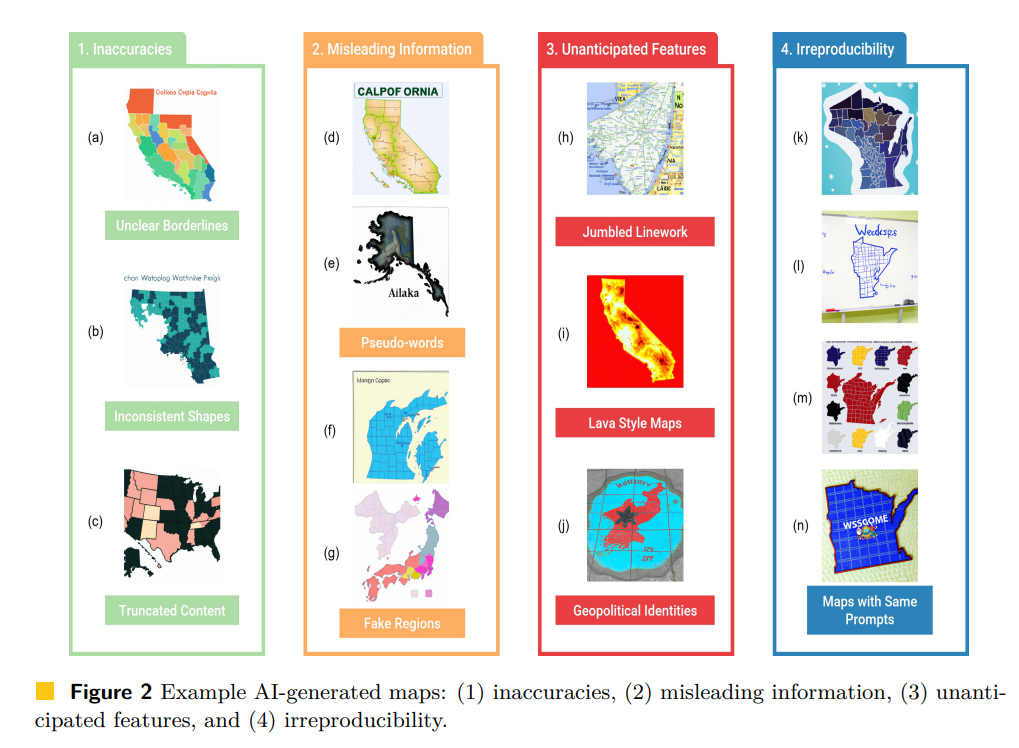Recently, Prof. Song Gao, as a Co-PI, received a collaborative NSF grant from the program of Incorporating Human Behavior in Epidemiological Models (IHBEM), titled ” The fear of here: Integrating place-based travel behavior and detection into novel infectious disease models ”.
Nick Ruktanonchai (Principal Investigator) ,Virginia Tech
Shengjie Lai (Co-PI) , University of Southampton
Omar Saucedo (Co-PI) , Virginia Tech
Corrine Ruktanonchai (Co-PI) , Virginia Tech
Song Gao (Co-PI), University of Wisconsin-Madison
Robert Holt (Co-PI) , University of Florida
Nicholas Kortessis (Co-PI), Wake Forest University
ABSTRACT
When people change where, when, and why they travel, there are effects on infectious diseases. People?s movements determine who is at risk of the disease and whether new cases are counted by local public health agencies. For example, during the COVID-19 pandemic, people?s movements changed drastically and, in addition to COVID-19, influenza and Lyme disease cases also dropped nationwide. These drops in cases may be because people spent less time in high risk areas, or simply because people traveled to healthcare facilities less frequently, and so fewer cases are reported. Distinguishing between these alternatives is critical for understanding disease control and predicting disease spread, but is made difficult when travel patterns change dramatically. This problem is especially challenging because communities may modify travel patterns in response to local disease, which can, in turn, change how diseases spread in communities and how public health monitors disease. To determine the cause of case reductions as human movements changed, the Investigators will develop new mathematical models that account for the ways travel impacts both risk and detection, using data from mobile phones to inform transmission risk and using local surveys to inform underdetection rates. By developing this new collection of models, the Investigators will better understand how transmission and detection of various non-COVID-19 infections changed throughout the pandemic, recognize how this depends on the biology of the disease being considered, and predict how case numbers may change during future periods of significant community-level changes in travel.
Community-level travel patterns have multifactorial effects on the dynamics of any infectious disease. Major changes to travel patterns affect both transmission, as people spend more or less time in high-risk places, and detection, as people change their propensity to visit healthcare facilities. These factors also influence individual behaviour, because local increases in reported cases can cause people to change their travel further. This creates critically important feedback loops between transmission, detection, and travel. Depending on the interactions between these factors, changes to travel or transmission could lead to undercounting of cases or a harmful population-level response that leads to communities being exposed to more infections. As changes in community-level travel patterns become more likely with global factors such as climate change and emerging infectious disease threats, it becomes increasingly important for models to integrate their effects on both detection and transmission. The project addresses this need by developing novel models that account for the ways in which travel can simultaneously affect both transmission and detection, and be affected by reported and perceived disease risk. The Investigators will combine the models with mobility data obtained from SafeGraph and use local surveys to inform underdetection rates of key notifiable diseases across the New River Valley Health District of Virginia, and to develop a framework for predicting transmission and detection changes during future large-scale changes in travel. Central Appalachia is a key region for this work, as it experiences relatively high incidence of respiratory and Lyme diseases, and intervention adherence was especially low during the later stages of the COVID-19 pandemic.
This project is jointly funded by the Division of Mathematical Sciences (DMS) in the Directorate of Mathematical and Physical Sciences (MPS) and the Division of Social and Economic Sciences (SES) in the Directorate of Social, Behavioral and Economic Sciences (SBE).

